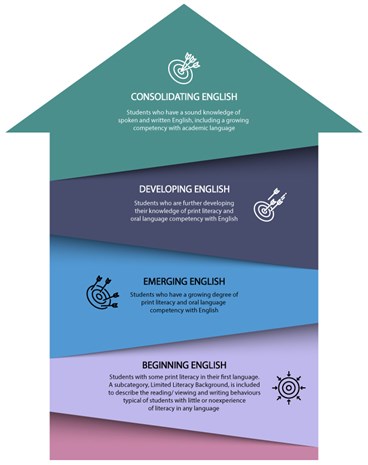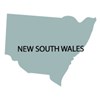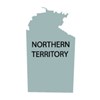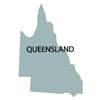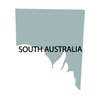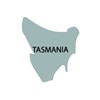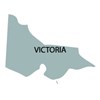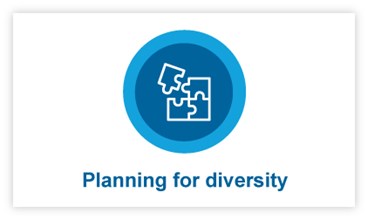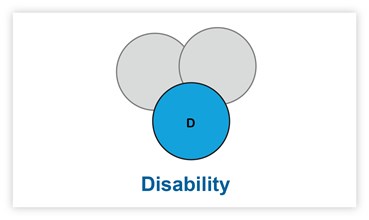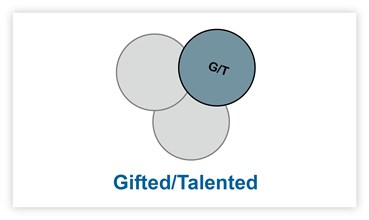Australia is a culturally and linguistically diverse nation. Today, Australian students come from more than 2,000 different ethnic backgrounds. Consequently, there are many students for whom English is an Additional Language or Dialect (EAL/D) accessing the Australian Curriculum.
Across Australia, around 25 per cent of primary and secondary school students learn English as an additional language or dialect. However, in some schools this figure can be as high as 90 per cent.
EAL/D students are those whose first language is a language or dialect other than English and who require additional support to develop proficiency in Standard Australian English (SAE).
These students may include:
- Aboriginal and Torres Strait Islander students
- immigrants to Australia and temporary visa holders from non-English speaking countries
- students with a refugee background
- children born in Australia of migrant heritage where English is not spoken at home
- English-speaking students returning to Australia after extended periods in non-English speaking settings
- children of deaf adults who use Auslan as their first language
- international students from non-English speaking countries.
The following points should be considered in developing personalised learning plans for EAL/D students:
- EAL/D students need to:
- learn English
- learn through English
- learn about English
- EAL/D students’ experiences, understandings and expectations may be different from those that are assumed to be ‘common knowledge’ in Australian classrooms and must therefore be taken into account. The curriculum often refers to the familiar and the everyday; however, the ‘everyday’ is determined by social and cultural contexts. It is important to check whether EAL/D students possess the ‘everyday’ and ‘real-life’ knowledge assumed by many tasks
- EAL/D students may have additional or alternative understandings that need to be considered when teaching aspects of the Australian Curriculum. These may include knowledge and understanding of ethical actions, historical viewpoints, family relationships, mathematical problem solving, currencies, and measuring time and temperatures
- EAL/D students require specific support to learn and build on the English language skills needed to access the general curriculum, in addition to learning area-specific language structures and vocabulary. These students have the same capacity to understand the content of the Australian Curriculum as other students; however, they require support with the English language required both to access the curriculum and to demonstrate achievement. Therefore, it is important to identify and address the language requirements of tasks while still maintaining the integrity of curriculum area content
- EAL/D students may not require additional support to engage with age-appropriate content
- EAL/D students can achieve educational standards commensurate with their peers
- EAL/D students may have different levels of language proficiency across the modes of listening, speaking, reading and writing
- EAL/D students are already language learners in at least one other language. The maintenance of the home language of EAL/D students is important for their English language learning as well as for the preservation and development of their cultural identities and family relationships.
The Melbourne Declaration (2008) espouses the dual goals of equity and excellence. Excellence requires all students to have access to a curriculum that encourages high expectations of all learners and equity a reduction in the impact of sources of disadvantage, such as disability, homelessness, refugee status and remoteness.
Documents such as the Disability Discrimination Act 1992, the Disability Standards for Education 2005, and a range of relevant state and territory Acts provide appropriate advice to formulate policies and frameworks designed to support EAL/D learners.
Policies and frameworks include:
- definitions of EAL/D
- the diversity of students’ needs in the context of English language acquisition
- supports to ensure EAL/D students achieve equitable education and social outcomes
- operational requirements to meet the needs of EAL/D students
- connections with the Australian Curriculum, Assessment and Reporting Authority
- EAL/D Learning Progression framework.
The ACARA resources include:
- EAL/D teacher resource
- EAL/D learning progression.
The EAL/D Teacher Resource has been developed to:
- advise teachers about areas of the Australian Curriculum that EAL/D students may find challenging and why
- assist classroom teachers to identify where their EAL/D students are broadly positioned on a progression of English language learning
- help teachers understand students’ cultural and linguistic diversity and how this diversity can be used in the classroom
- provide examples of teaching strategies supportive of EAL/D students
- complement existing state and territory resources for teaching EAL/D
- provide an overview for teachers who may not have specialist training in the area of EAL/D or access to specialist EAL/D teachers.
The resource includes several related publications:
EAL/D annotated content descriptions: English Foundation to Year 10
EAL/D annotated content descriptions: Mathematics Foundation to Year 10
EAL/D annotated content descriptions: Science Foundation to Year 10
EAL/D annotated content descriptions: History Foundation to Year 10
- provides broad descriptions of the language characteristics of English language learners within each of four phases
- may be used to identify where the student is in their English language development and what instruction is required to move them to the next stage of language development. A student may be at different stages in writing, reading, speaking and listening.
|
|
|
||
|
|
|
||
|
|
|
||
|
|
|
|

